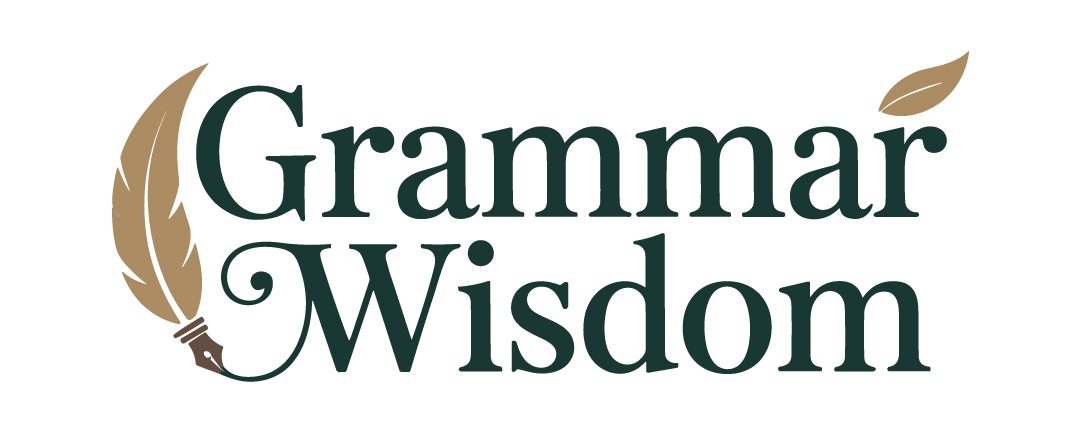Tech Talk: Mastering Idioms for the Digital Age
In today’s interconnected world, technology idioms have become an integral part of our everyday language. Understanding these expressions is crucial for effective communication, whether you’re navigating a business meeting, chatting with friends online, or simply trying to decipher a news article. This guide will delve into the world of technology idioms, exploring their meanings, origins,…
